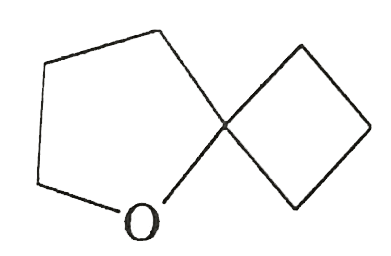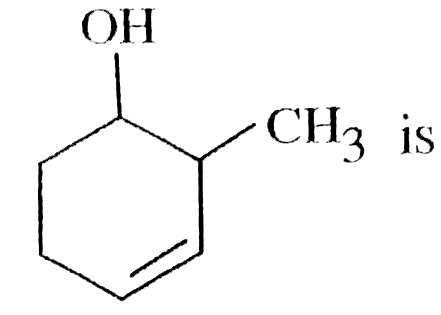How is the IUPAC name of an aliphatic compound built ? Illustrate by a suitable example.
To build the IUPAC name of an aliphatic compound, we follow a systematic approach. Let's illustrate this with the example of butane and a substituted version of it, 2-fluorobutane.
1. Identify the Longest Carbon Chain:
- For butane, the structure is CH₃-CH₂-CH₂-CH₃.
- Count the number of carbon atoms in the longest continuous chain. In butane, there are 4 carbon atoms.
2. Determine the Root Name:
- The root name is derived from the number of carbon atoms. For 4 carbon atoms, the root name is "but".
3. Identify the Type of Bonds:
- Butane has only single bonds between the carbon atoms. In IUPAC nomenclature, this is indicated by the suffix “-ane”.
4. Identify and Name Substituents:
- If there are any substituents (like halogens or functional groups), identify their positions on the carbon chain.
- For example, in 2-fluorobutane, there is a fluorine (F) atom attached to the second carbon atom.
5. Number the Carbon Chain:
- Number the carbon atoms in the chain starting from the end closest to the substituent. In 2-fluorobutane, the numbering is as follows:
- C1: CH₃
- C2: CH (with F)
- C3: CH₂
- C4: CH₃
6. Combine the Elements of the Name:
- Start with the substituent name and its position, followed by the root name, and then the suffix indicating the type of compound.
- For 2-fluorobutane, the name is constructed as follows:
- Substituent: "fluoro" (from fluorine)
- Position: "2" (indicating the position of the substituent)
- Root: "but" (indicating 4 carbons)
- Suffix: "ane" (indicating single bonds)
- Therefore, the full name is 2-fluorobutane.
Final IUPAC Name:
- The IUPAC name for the compound with the structure CH₃-CH(F)-CH₂-CH₃ is 2-fluorobutane.
- For butane, the structure is CH₃-CH₂-CH₂-CH₃.
- Count the number of carbon atoms in the longest continuous chain. In butane, there are 4 carbon atoms.
- The root name is derived from the number of carbon atoms. For 4 carbon atoms, the root name is "but".
- Butane has only single bonds between the carbon atoms. In IUPAC nomenclature, this is indicated by the suffix “-ane”.
- If there are any substituents (like halogens or functional groups), identify their positions on the carbon chain.
- For example, in 2-fluorobutane, there is a fluorine (F) atom attached to the second carbon atom.
- Number the carbon atoms in the chain starting from the end closest to the substituent. In 2-fluorobutane, the numbering is as follows:
- C1: CH₃
- C2: CH (with F)
- C3: CH₂
- C4: CH₃
- Start with the substituent name and its position, followed by the root name, and then the suffix indicating the type of compound.
- For 2-fluorobutane, the name is constructed as follows:
- Substituent: "fluoro" (from fluorine)
- Position: "2" (indicating the position of the substituent)
- Root: "but" (indicating 4 carbons)
- Suffix: "ane" (indicating single bonds)
- Therefore, the full name is 2-fluorobutane.
- The IUPAC name for the compound with the structure CH₃-CH(F)-CH₂-CH₃ is 2-fluorobutane.
Similar Questions
The IUPAC name of the spiro compound

View SolutionThe IUPAC name of the following compound is

View SolutionThe IUPAC name of the following compound is

View SolutionThe IUPAC name of the following compound is

View SolutionIUPAC name of the given compound is:

View SolutionThe IUPAC name of the following compound
View SolutionThe IUPAC name of the given compound

View SolutionThe IUPAC name of the following compound is

View SolutionThe IUPAC name of the following compound

View SolutionThe IUPAC name of the given compound

View Solution
